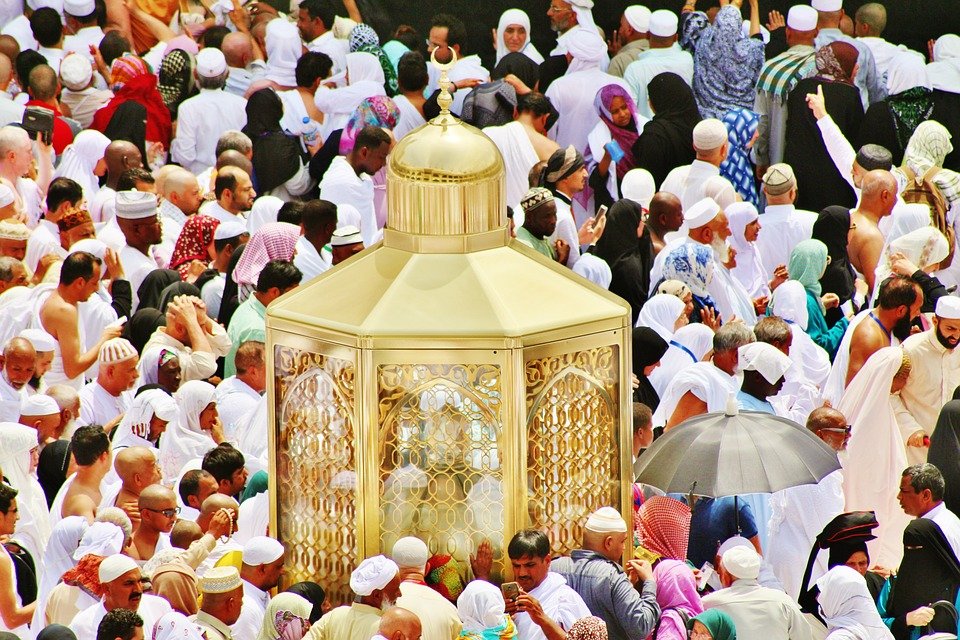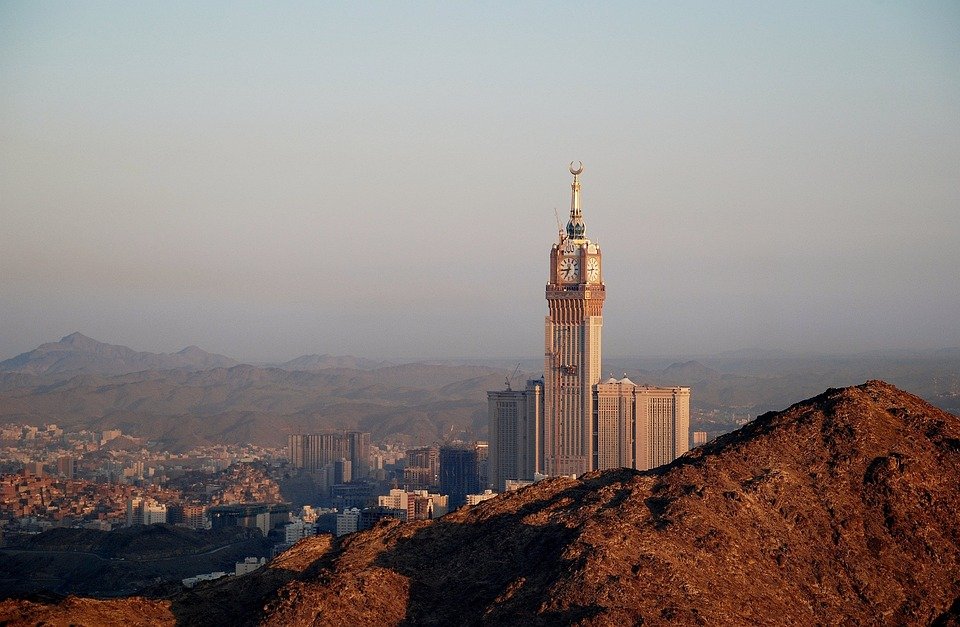You are here to read: Umrah Equal to Hajj: Understanding the Key Differences – A Thoughtfully Written Guide Offering Spiritual Wisdom and Travel Advice for Every Pilgrim who is going on holy journey of Hajj or Umrah.
When exploring the question, “Is Umrah equal to Hajj?” I think it’s essential to understand the unique significance of both pilgrimage practices in Islam. This article serves as a comprehensive guide, assuring you that by the end, you’ll have a clearer picture of how these two important acts of worship compare. I feel that many people may confuse the two, so I encourage you to read on as we uncover the details surrounding “Is Umrah equal to Hajj?” while discussing their specific requirements, rituals, and spiritual meanings.
In my opinion, understanding the differences and importance of these pilgrimages can greatly enhance your spiritual experience. For many Muslims, Hajj holds a special status as it is one of the Five Pillars of Islam, while Umrah is often seen as a supplementary act of worship. As experts in the field of Umrah and travel to Makkah and Madinah since 2016, we at Airlink Hajj and Umrah have gathered extensive knowledge on the topic, providing insights on “Umrah Equal to Hajj: Understanding the Key Differences.” I invite you to engage with this article as we break down the significance of each pilgrimage and what they truly mean for believers around the world.
Understanding Umrah and Hajj
Umrah and Hajj are two important pilgrimages for Muslims. Both hold special meanings in our hearts and have unique practices. When we think about these sacred trips, it’s easy to get confused. Some people might assume that Umrah is just a smaller version of Hajj. However, they are quite different in terms of significance, rituals, and the time they take place.
Hajj is a mandatory trip for every able Muslim at least once in their lifetime. It happens during specific days in the Islamic month of Dhul-Hijjah. On the other hand, Umrah is a voluntary pilgrimage that you can perform at any time of the year. While both focus on worship and strengthening our faith, they have distinct circumstances and requirements that need our attention. Understanding these differences can help us appreciate each pilgrimage more deeply.
The Significance of Hajj
Hajj is often considered the fifth pillar of Islam, an essential part of our faith. It carries immense spiritual weight and is a time when millions of Muslims gather in Mecca. During Hajj, we follow in the footsteps of the Prophet Ibrahim (Abraham) and his family, and this connection enriches our religious experience. The act of standing at Arafat, praying and asking for forgiveness, is powerful and moving for many of us.
Completing Hajj is like fulfilling a lifelong dream for many Muslims. The journey is not just physical but also emotional and spiritual. It allows us to reflect on our lives, seek forgiveness, and commit to being better individuals. The sheer number of people together, united in purpose, often creates an atmosphere filled with hope and spirituality. It reminds us all that we are part of something much larger than ourselves.
The Beauty of Umrah
Umrah, while not obligatory, shines brightly in many of our hearts. It gives us the chance to seek blessings and strengthen our connection with Allah. This pilgrimage often feels more flexible because we can perform it whenever we want, making it a popular choice among Muslims worldwide. Many people choose to undertake Umrah as a precursor to Hajj, preparing themselves spiritually for the larger pilgrimage.
You're at the middle of this awesome post at AirlinkHajjandUmrah.com through: Umrah Equal to Hajj: Understanding the Key Differences. Keep reading, it gets better!
The rituals of Umrah are shorter compared to Hajj, but they carry their own beauty and significance. The Tawaf, where we circle the Kaaba, creates a unique atmosphere of devotion and reverence. In the midst of the sacred Masjid al-Haram, we feel close to Allah, and this feeling lingers long after we finish the trip. Umrah helps us cultivate gratitude and compassion, often fostering a spirit of love and peace within us.
Key Rituals of Hajj
When we participate in Hajj, there are specific rituals we must follow to fulfill our obligations. From the moment we enter the state of Ihram, we set our minds on an environment of humility and devotion. The Tawaf, standing at Arafat, and stoning the Jamarat are essential acts that connect us with our faith and history. During these rituals, I often find myself reflecting on life choices, understanding the importance of patience, and enhancing my connection with God.
Moreover, each ritual during Hajj has a story behind it. For example, the stoning of the Jamarat symbolizes our rejection of evil. This act transforms into a powerful reminder of our ongoing battle against temptation and sin in our everyday lives. Each step, each prayer, brings us closer to spiritual purification. Many leave Hajj with a renewed sense of purpose, often vowing to carry its teachings with them.
Rituals of Umrah Explained
The rituals of Umrah, while fewer, are just as essential for our spiritual growth. The process begins with entering Ihram, signifying purity and unity as we prepare for worship. The Tawaf is a core part of Umrah, where we circle the Kaaba seven times. This act represents both devotion and the interconnectedness of all Muslims. There’s something powerfully comforting about participating in this sacred act among fellow worshippers.
After Tawaf, we perform the Sa’i, where we walk seven times between the hills of Safa and Marwah, following in the footsteps of Hagar. This ritual teaches us about perseverance and trust in Allah. Many Muslims walk this distance with deep reflection and contemplation, feeling closer to our faithful past. Although shorter than Hajj, the experience of Umrah can be equally profound, often leaving lasting memories and a reinforced faith.
Timing and Duration Differences
One of the notable differences between Hajj and Umrah lies in timing and duration. Hajj is held during specific days in the Islamic month of Dhul-Hijjah, making it a time-sensitive pilgrimage. This limited timeframe often results in a grand gathering of millions of believers, creating a unique energy that is both exhilarating and humbling. Preparing for Hajj can take months, with many of us eagerly awaiting our turn.
Conversely, Umrah can be performed anytime, offering more flexibility to those who wish to embark on this sacred journey. Some travelers opt for Umrah during Ramadan, believing it provides increased blessings and rewards. Others might choose to experience it during quieter months to avoid the crowds. This adaptability allows everyone to participate in the spiritual experience, making it accessible to many.
Common Misconceptions
A common misconception is that Umrah holds the same weight as Hajj. While both pilgrimages are vital, Hajj is a formal obligation and carries distinctive significance. Some individuals may think that performing Umrah negates the need to complete Hajj, but this isn’t the case. Understanding these differences helps dispel confusion and reinforces the unique virtues of each pilgrimage.
Another aspect often misunderstood is the requirement for Hajj. Not every Muslim can embark on this journey due to health, financial, or situational constraints. Umrah provides an alternative for those who may not be able to fulfill the Hajj obligation but still desire to seek spiritual closeness to Allah. It’s vital to respect each journey’s individual significance, recognizing how both pilgrimages contribute uniquely to our faith.
That wraps up Umrah Equal to Hajj: Understanding the Key Differences. Thanks for sticking with us till here! Share this: Umrah Equal to Hajj: Understanding the Key Differences with your friends.
Check our homepage at Air Link Hajj & Umrah for more awesome updates.
Some interesting posts are: 1: Umrah Mubarak, 2: When is Umrah closed 2026?, 3: When does Umrah start after Hajj 2026?
Mushu, an experienced Saudi Arabia traveler and writer, shares insightful tips and spiritual reflections to enhance Hajj and Umrah journeys for fellow pilgrims. He has been to Makkah and Madina from 2016 to 2023 many times and his posts will reflect this.







